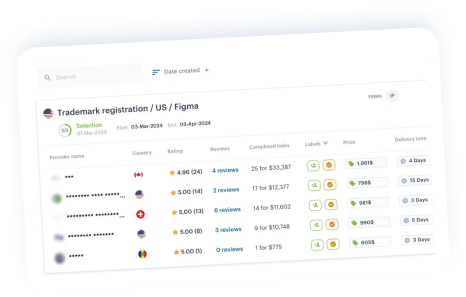Δράση του Γραφείου Ευρεσιτεχνιών - Ανταπόκριση στο Χονγκ Κονγκ
Κατά τη διάρκεια της εξέτασης, μπορείτε να λάβετε μια Ενέργεια Γραφείου που μπορεί να περιλαμβάνει απαιτήσεις ή αντιρρήσεις. Δεν αποτελεί πρόβλημα. Ο δικηγόρος θα το αναλύσει αυτό, θα καταστρώσει μια στρατηγική και θα προετοιμάσει μια απάντηση.



Κατά τη διάρκεια της εξέτασης, μπορείτε να λάβετε μια Ενέργεια Γραφείου που μπορεί να περιλαμβάνει απαιτήσεις ή αντιρρήσεις. Δεν αποτελεί πρόβλημα. Ο δικηγόρος θα το αναλύσει αυτό, θα καταστρώσει μια στρατηγική και θα προετοιμάσει μια απάντηση.







-
Ένας βοηθός IP που λειτουργεί με AI που σας βοηθά να δημιουργήσετε μια λεπτομερή εργασία μέσα σε λίγα λεπτά.
-
Επιλογή του καταλληλότερου τοπικού δικηγόρου διπλωμάτων ευρεσιτεχνίας με βάση συγκεκριμένα κριτήρια.
-
Ανάλυση ενεργειών γραφείου, ανάπτυξη στρατηγικής απόκρισης, προετοιμασία και αρχειοθέτηση από δικηγόρο.
-
Ηλεκτρονική παρακολούθηση και αναφορά στην πλατφόρμα σε όλη τη διαδικασία.

-

Περισσότερες από 800 δικηγορικές εταιρείες IP από 150+ χώρες, κατάταξη και κριτικές
-

Ένας βοηθός IP που υποστηρίζεται από AI που βοηθά στη δημιουργία εργασιών και στην εύρεση σχετικών δικηγόρων
-

Σταθερές χρεώσεις, ασφαλείς και γρήγορες διαδικτυακές πληρωμές με εγγυημένα αποτελέσματα
-

24/7 πρόσβαση στη διαδικασία εγγραφής και ηλεκτρονική αποθήκευση δεδομένων για όλες τις υποθέσεις σας
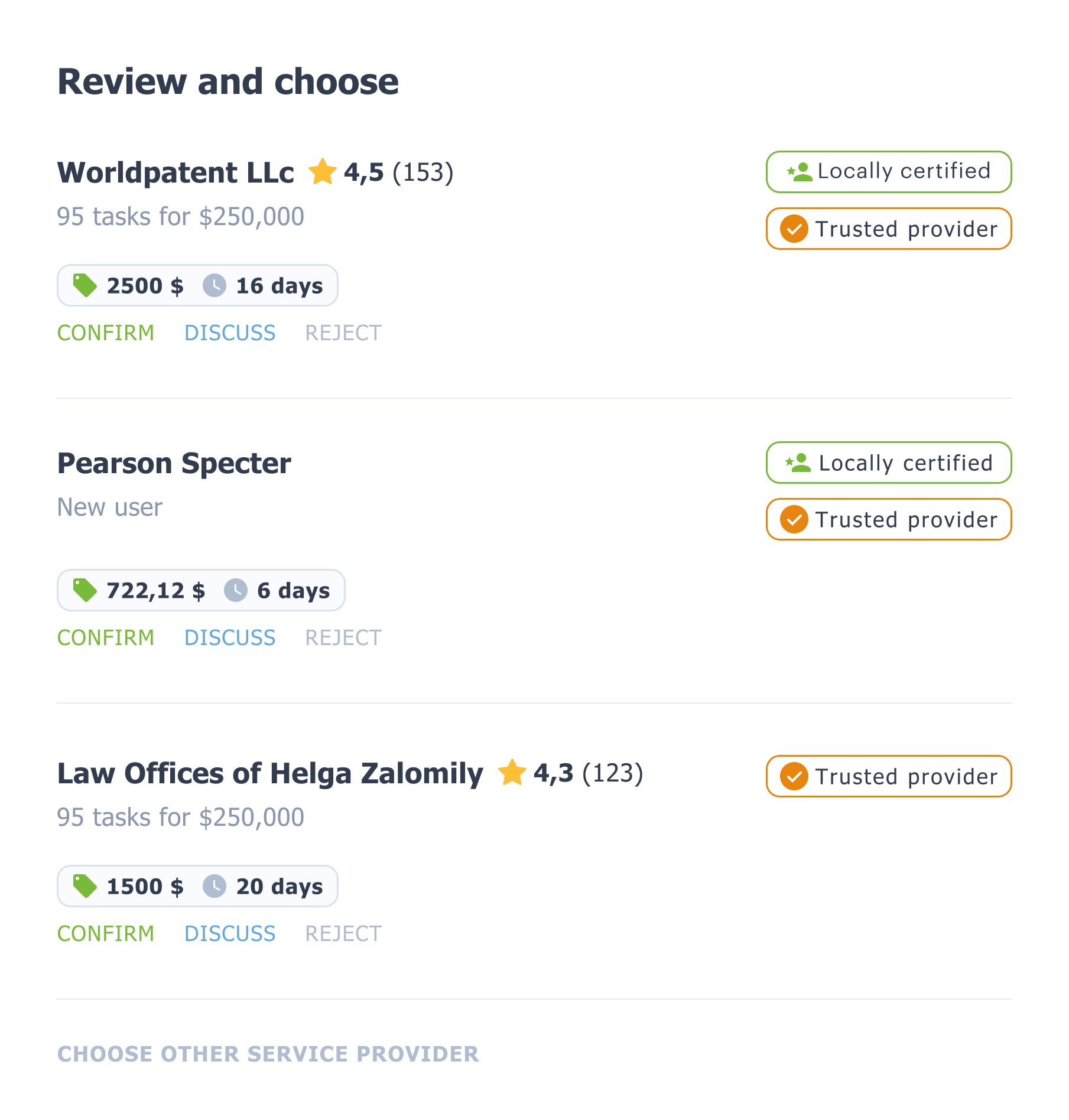







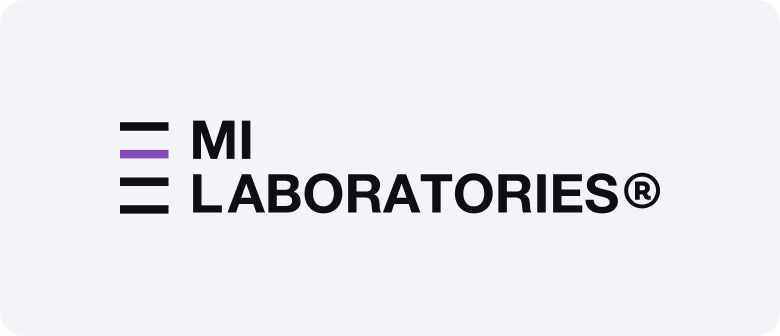







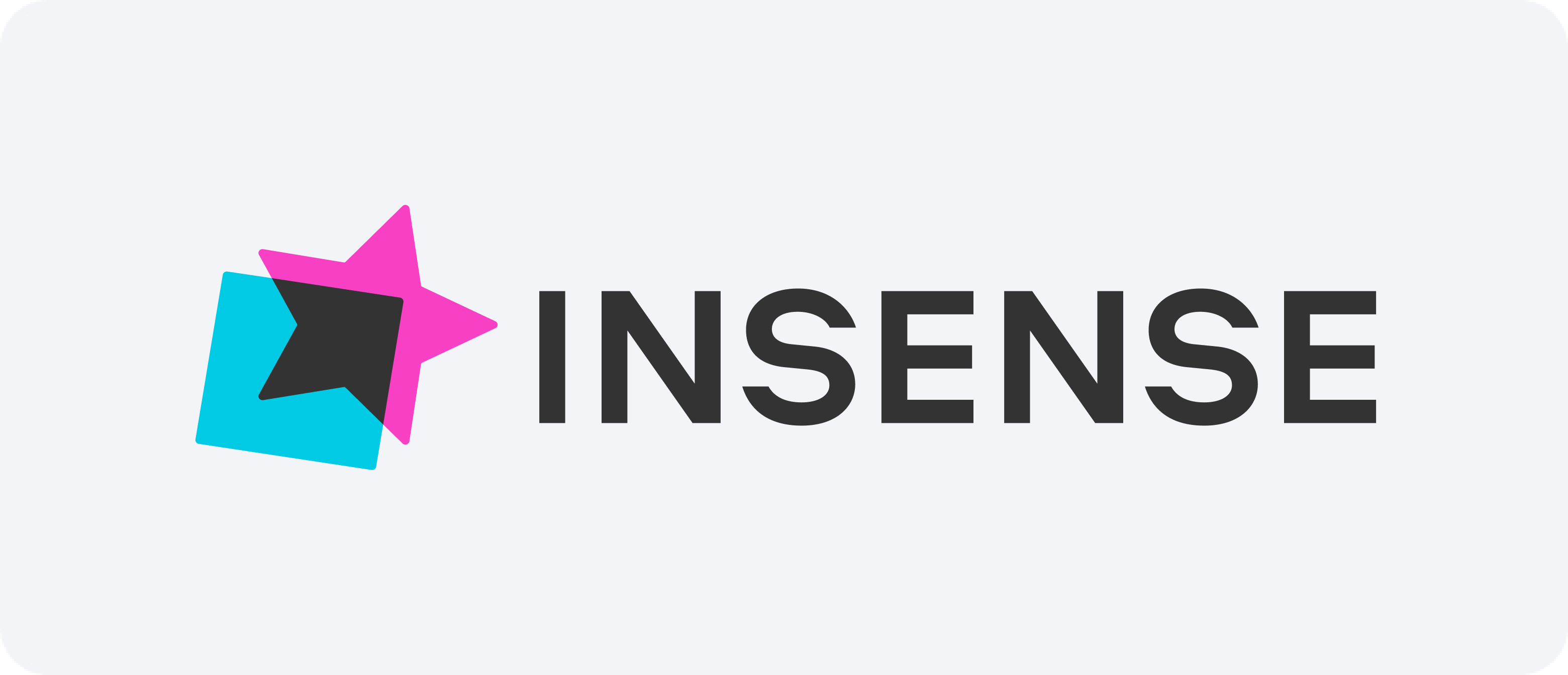

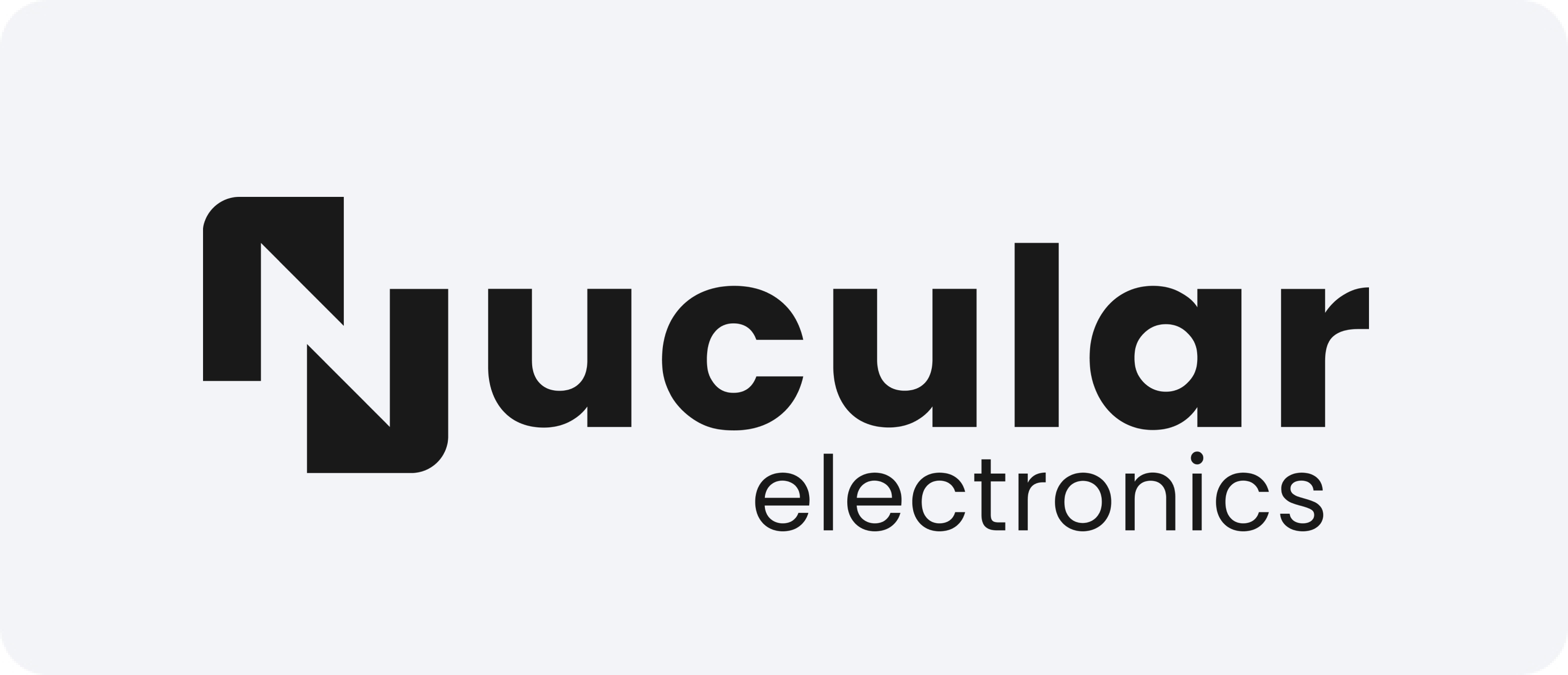

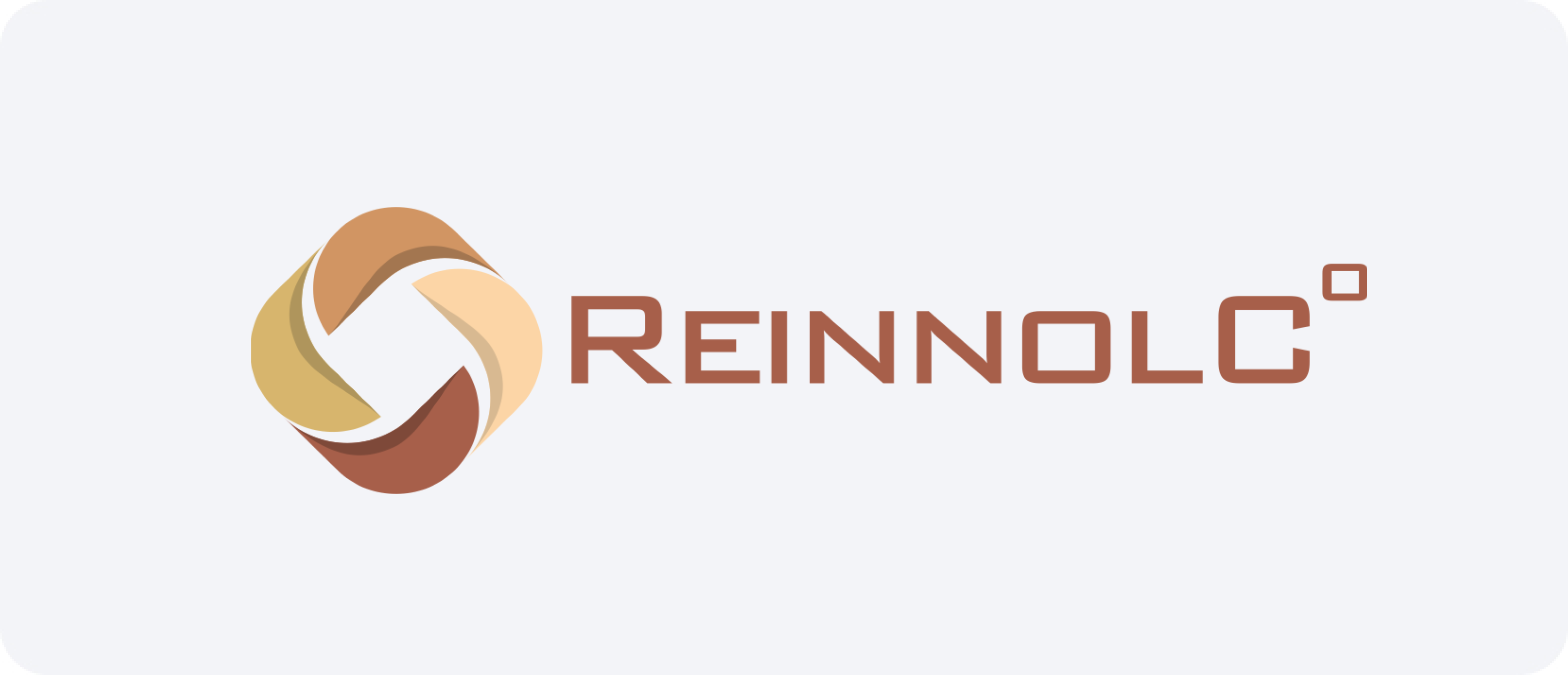


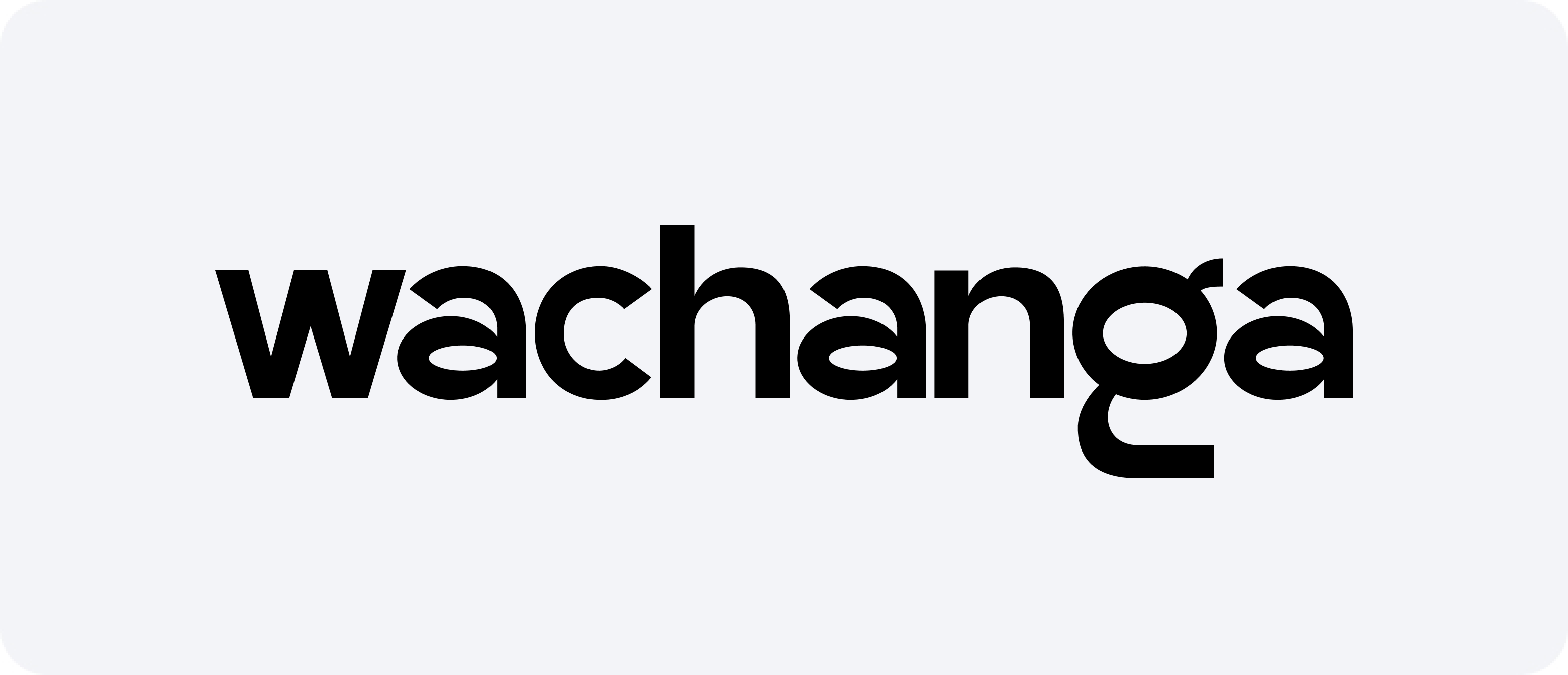

















Δράση του Γραφείου Ευρεσιτεχνιών στο Χονγκ Κονγκ: Στρατηγική και Πρακτική
Η λήψη μιας αγωγής από το γραφείο διπλωμάτων ευρεσιτεχνίας σηματοδοτεί ένα βασικό στάδιο στη διαδικασία υποβολής αίτησης. Αντικατοπτρίζει μια επίσημη επικοινωνία από το Τμήμα Πνευματικής Ιδιοκτησίας σχετικά με ανησυχίες ή αντιρρήσεις που σχετίζονται με την εκκρεμή υποβολή. Αυτά τα ζητήματα μπορεί να αφορούν τη διατύπωση, τη σαφήνεια, την καινοτομία ή τα εφευρετικά βήματα. Μια αποτελεσματική και έγκαιρη απάντηση είναι απαραίτητη για την προώθηση της δίωξης και την εξασφάλιση αποκλειστικών δικαιωμάτων.
Παρακάτω παρατίθεται μια ολοκληρωμένη επισκόπηση του τρόπου με τον οποίο οι αιτούντες και οι επαγγελματίες πνευματικής ιδιοκτησίας θα πρέπει να αντιμετωπίζουν τέτοιες ειδοποιήσεις στο πλαίσιο του Χονγκ Κονγκ, διασφαλίζοντας τη συμμόρφωση με τις νομικές διατάξεις και το στρατηγικό πλεονέκτημα.
Κατανόηση της Φύσης μιας Δράσης του Γραφείου Ευρεσιτεχνιών
Μια επίσημη ειδοποίηση ευρεσιτεχνίας συνήθως περιέχει λεπτομερή σχόλια από τον εξεταστή που εντοπίζουν τυχόν ελλείψεις ή μη συμμόρφωση με τους τοπικούς κανονισμούς. Ο αιτών αναμένεται να παράσχει σχόλια εντός συγκεκριμένης προθεσμίας—συνήθως εντός τριών μηνών από την ημερομηνία έκδοσης.
Αυτές οι ειδοποιήσεις μπορούν να κατηγοριοποιηθούν σε δύο τύπους:
- Επίσημη ειδοποίηση γραφείουΠεριλαμβάνει διοικητικά ή διαδικαστικά ζητήματα, όπως ελλιπείς πληροφορίες ή λανθασμένη μορφοποίηση.
- Ουσιαστική επικοινωνίαΕστιάζει στα κριτήρια προστατευτικότητας—κυρίως στην καινοτομία, την εφευρετική δραστηριότητα και τη βιομηχανική εφαρμογή.
Μια ακριβής και καλογραμμένη απάντηση όχι μόνο απαντά στις ανησυχίες του εξεταστή, αλλά μπορεί επίσης να βοηθήσει στη διαμόρφωση του πεδίου εφαρμογής των ισχυρισμών για την ενίσχυση της εκτελεστότητας.
Η Διαδικασία Απόκρισης του Γραφείου Ευρεσιτεχνιών: Πρακτικά Βήματα
Η επιτυχής διαχείριση τέτοιων αντιρρήσεων περιλαμβάνει μια σαφή σειρά βημάτων. Ακολουθεί μια δομημένη προσέγγιση:
1. Εξετάστε διεξοδικά την έκθεση εξέτασης
Κατανοήστε τη φύση των παρατηρήσεων του εξεταστή—είτε πρόκειται για διαδικαστικές είτε για ουσιαστικές παρατηρήσεις.
2. Προσλάβετε έναν εξειδικευμένο δικηγόρο πνευματικής ιδιοκτησίας
Η τοπική εμπειρογνωμοσύνη διασφαλίζει ότι η απάντηση συμμορφώνεται με το νομικό πλαίσιο της δικαιοδοσίας.
3. Αξιολόγηση του πεδίου εφαρμογής των τροποποιήσεων
Προσδιορίστε εάν είναι σκόπιμες οι αναθεωρήσεις ή οι διευκρινίσεις της τεχνικής περιγραφής των ισχυρισμών.
4. Προετοιμάστε μια σαφή και συνοπτική απάντηση
Απαντήστε σε κάθε σχόλιο που τίθεται, αναφέροντας τις σχετικές νομικές διατάξεις και τις διακρίσεις της προηγούμενης τεχνικής.
5. Υποβολή εντός της προθεσμίας
Αποφύγετε τις καθυστερήσεις, καθώς η μη τήρηση των χρονοδιαγραμμάτων μπορεί να οδηγήσει σε εγκατάλειψη υπόθεσης ή σε επιβαρύνσεις.
6. Παρακολούθηση και παρακολούθηση επικοινωνιών
Διατήρηση αρχείων όλης της αλληλογραφίας με την αρχή πνευματικής ιδιοκτησίας για αναφορά και έλεγχο.
7. Προβλέψτε περαιτέρω σχόλια
Σε ορισμένες περιπτώσεις, λαμβάνει χώρα περισσότερος από ένας γύρος αλληλεπίδρασης με τον εξεταστή πριν από την έγκριση.
Στρατηγικές Σκέψεις κατά την Απόκριση
Η απάντηση στις αντιρρήσεις ενός εξεταστή δεν είναι απλώς μια τυπική διαδικασία—είναι μια ευκαιρία για βελτίωση της αίτησης και διασφάλιση ισχυρότερων δικαιωμάτων. Οι αιτούντες θα πρέπει να γνωρίζουν τα εξής:
- Τοπική διαδρομή εξέτασηςΓια τις τυπικές καταθέσεις μέσω της αρχικής οδού χορήγησης (OGR), η IPD του Χονγκ Κονγκ διενεργεί πλήρη ουσιαστική εξέταση. Αυτό διαφέρει από την επανεγγραφή, η οποία βασίζεται σε εγκρίσεις σε καθορισμένες δικαιοδοσίες.
- Γλώσσα υποβολήςΓίνονται δεκτά τα αγγλικά και τα κινέζικα. Η συνέπεια είναι απαραίτητη κατά τη μετάφραση τροποποιήσεων ή νομικών επιχειρημάτων.
- Νομική εκπροσώπησηΑν και δεν είναι υποχρεωτική, η συνεργασία με έναν δικηγόρο πνευματικής ιδιοκτησίας εγγεγραμμένο στο Χονγκ Κονγκ συχνά αποφέρει καλύτερα αποτελέσματα.
Κοινοί λόγοι απόρριψης
Οι αιτούντες μπορούν να προετοιμάσουν ισχυρότερα αρχικά έγγραφα —και πιο αποτελεσματικές απαντήσεις— γνωρίζοντας τους πιο συχνούς λόγους απόρριψης:
- Έλλειψη εφευρετικής πρωτοβουλίας (προφανές)
- Ανεπαρκής αποκάλυψη ή ασαφείς ισχυρισμοί
- Μη επιλέξιμο θέμα
- Έλλειψη ενότητας στην εφεύρεση
- Προβλήματα μορφοποίησης σε σχέδια ή τεχνικό περιεχόμενο
Οφέλη μιας Στρατηγικής Ισχυρής Αντίδρασης
Μια μελετημένη και επαγγελματική απάντηση στην ειδοποίηση ενός εξεταστή μπορεί να οδηγήσει σε:
- Ταχύτερη έγκριση δικαιωμάτων
- Ευρύτερο πεδίο προστασίας
- Μειωμένα νομικά έξοδα από λιγότερες αλληλεπιδράσεις
- Βελτιωμένη εκτελεστότητα
- Ισχυρότερη τοποθέτηση στην αδειοδότηση ή την επιβολή
Σύνοψη: Βασικά Συμπεράσματα
Προσφέρει ένα ώριμο και διαφανές σύστημα για την προστασία της πνευματικής ιδιοκτησίας. Η αποτελεσματική διαχείριση των ειδοποιήσεων των εξεταστών είναι ζωτικής σημασίας για την εξασφάλιση κάλυψης. Η διαδικασία απαιτεί έναν συνδυασμό νομικής ακρίβειας, τεχνικής σαφήνειας και στρατηγικής κρίσης. Οι υποψήφιοι που κατανοούν το τοπικό τοπίο και ακολουθούν τις βέλτιστες πρακτικές στην προετοιμασία των απαντήσεών τους βελτιώνουν σημαντικά τις πιθανότητες επιτυχίας τους.
Λίστα ελέγχου για την απάντηση σε αγωγή του Γραφείου Ευρεσιτεχνιών στο Χονγκ Κονγκ:
- Προσδιορίστε τον τύπο της ενέργειας (τυπική έναντι ουσιαστικής)
- Ελέγξτε τις προθεσμίες και τις απαιτήσεις υποβολής
- Συμβουλευτείτε έναν δικηγόρο πνευματικής ιδιοκτησίας
- Συντάξτε μια λεπτομερή και δομημένη απάντηση
- Παρακολουθήστε την αλληλογραφία που ακολουθεί και προβλέψτε πρόσθετες ειδοποιήσεις
- Διατηρήστε αρχεία για μελλοντική αναφορά ή πιθανή επιβολή
Η πλοήγηση στο στάδιο της προσφυγής ενώπιον του γραφείου διπλωμάτων ευρεσιτεχνίας είναι μια διαδικασία που ανταμείβει την προετοιμασία και την εμπειρογνωμοσύνη. Μια προληπτική προσέγγιση, υποστηριζόμενη από τεχνικές και νομικές γνώσεις, θα ανοίξει το δρόμο για ένα ισχυρό, εφαρμόσιμο πλεονέκτημα σε έναν από τους βασικούς κόμβους καινοτομίας της Ασίας.




